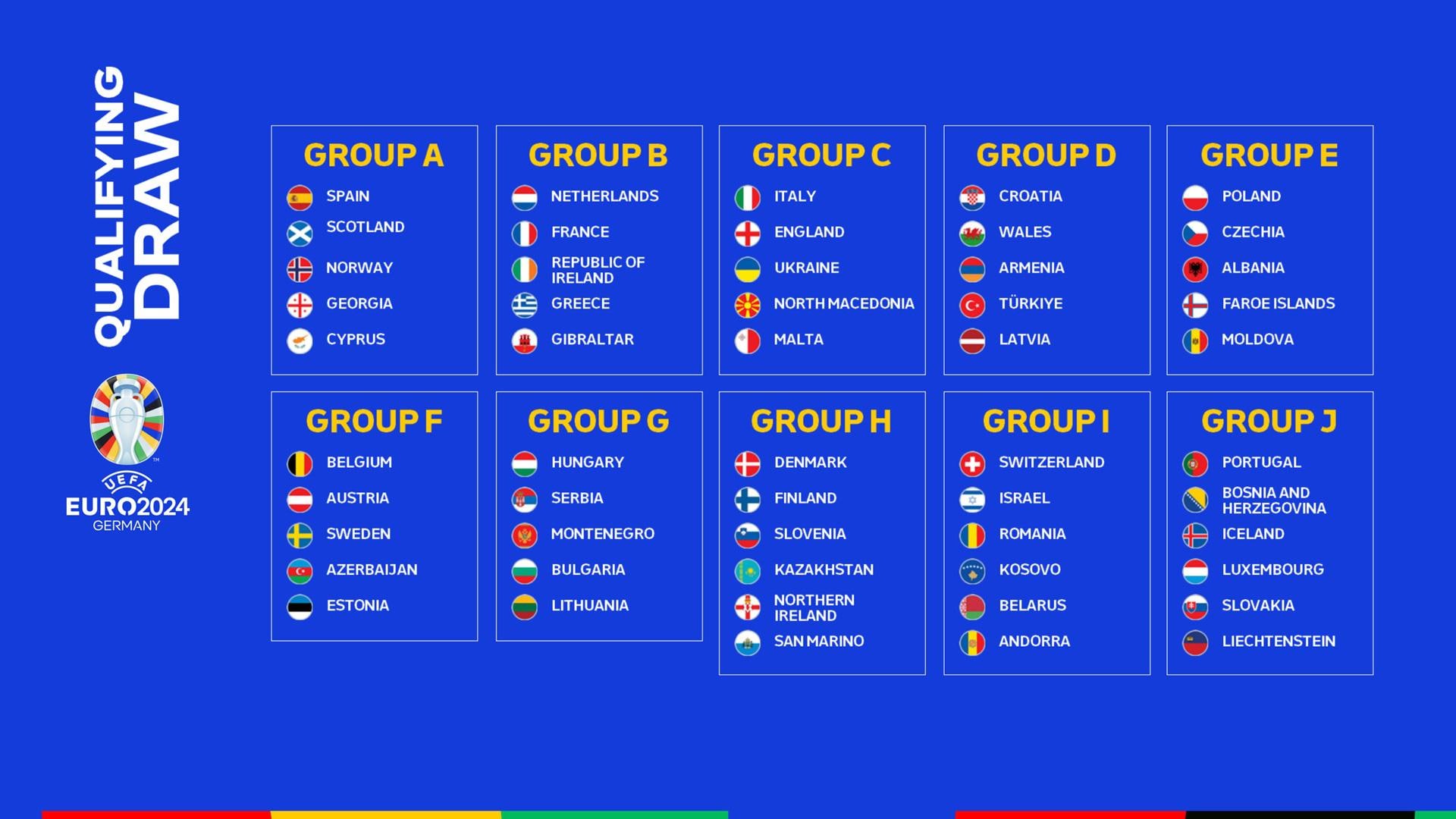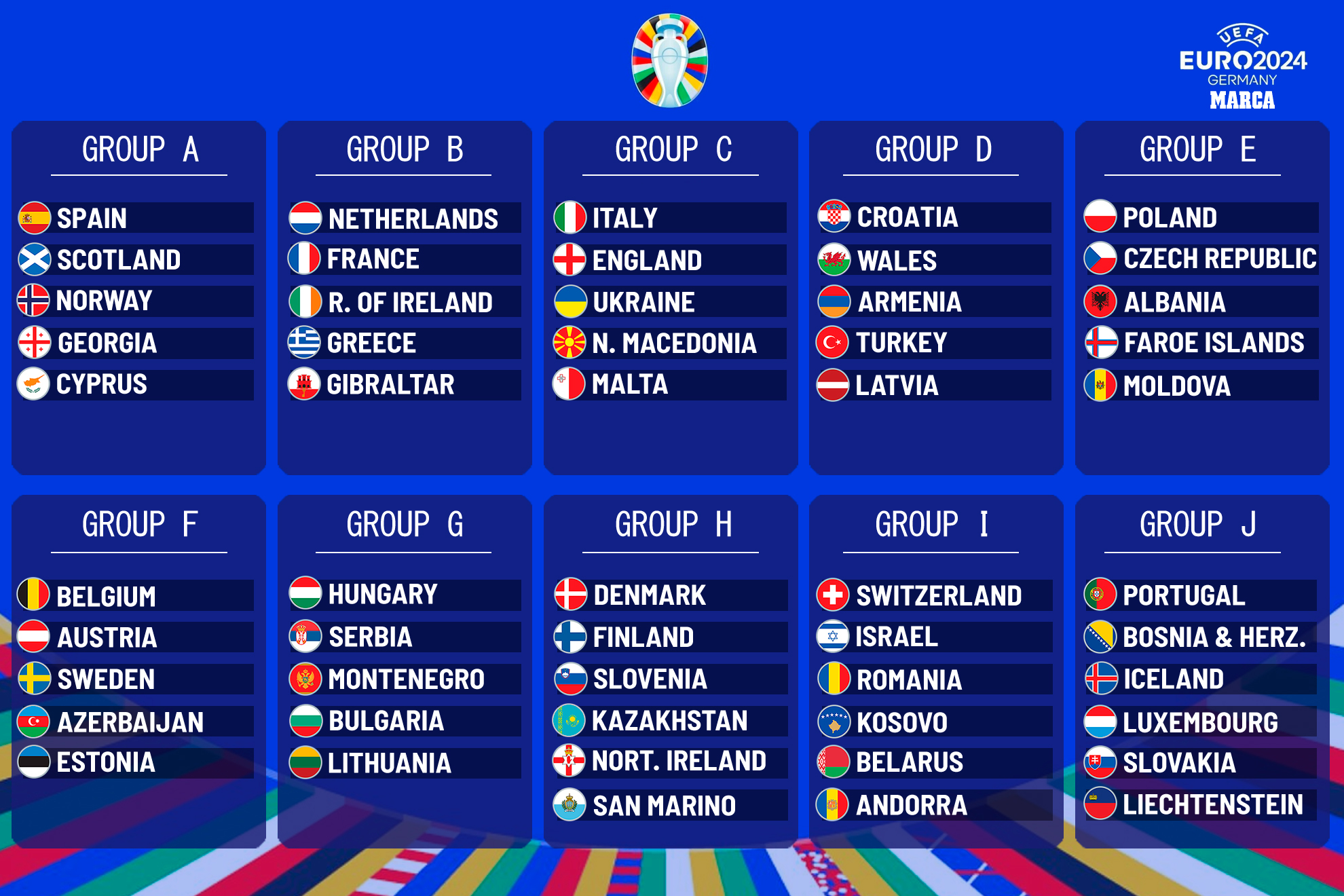Effectiveness of Indonesian senior players’ defensive and offensive strategies in World Cup qualifiers sets the stage for this analysis. This research examines the tactical approaches employed by the Indonesian national team during qualifying matches, evaluating both their strengths and weaknesses. The study delves into specific strategies used in set pieces, open play, and attacking phases, considering the impact of individual players and comparing the Indonesian approach to that of their opponents.
Ultimately, this investigation aims to provide a comprehensive assessment of the Indonesian team’s tactical effectiveness in the context of World Cup qualification.
The analysis will utilize a multi-faceted approach, incorporating quantitative data such as shot accuracy and success rates, along with qualitative assessments of tactical decisions and player performances. Specific examples of successful and unsuccessful strategies will be highlighted, drawing on match footage and statistical analyses. The research also considers contextual factors, such as opponent strengths and weaknesses, and the impact of injuries or absences on the team’s overall performance.
This comprehensive approach aims to provide a nuanced understanding of the Indonesian team’s tactical performance during World Cup qualifying.
Offensive Strategies

Indonesian senior players’ offensive performance in World Cup qualifiers has been a subject of considerable analysis. This section focuses specifically on their finishing ability and shot selection, examining the effectiveness of various techniques and their strategic application throughout matches. Data limitations regarding precise shot statistics from World Cup qualifiers are acknowledged; therefore, this analysis will rely on observable trends and available match reports.
Finishing Ability and Shot Accuracy
Indonesian senior players demonstrated varying degrees of finishing ability during World Cup qualifiers. While moments of clinical finishing showcased potential, inconsistency plagued their overall performance. Shot accuracy often suffered due to a combination of factors including pressure from opposing defenses, rushed attempts, and occasional poor decision-making in the final third. Power in shots was also inconsistent, with some powerful strikes finding the target while others lacked the necessary force to trouble goalkeepers.
A more detailed analysis requires access to comprehensive match statistics, which are currently unavailable for a precise quantitative assessment. However, anecdotal evidence from match reports suggests that improving shot accuracy and power remains a key area for development.
Effectiveness of Different Shot Types
The effectiveness of various shot types employed by Indonesian senior players varied considerably. While a comprehensive statistical breakdown is unavailable, observable trends suggest a reliance on shots from inside the penalty box, with a mix of ground shots and attempts from close range. Headers and volleys were used less frequently, and shots from distance proved to be less successful due to a lack of consistent power and accuracy.
The following table provides a qualitative assessment based on observable match trends, recognizing the limitations of data availability:
| Shot Type | Frequency of Use | Success Rate | Examples (Successful/Unsuccessful) |
|---|---|---|---|
| Ground Shots (Inside Box) | High | Moderate | Successful: Several goals scored from close-range opportunities. Unsuccessful: Numerous shots saved or wide of the target. |
| Headers | Low | Low | Successful: Occasional goals from well-placed headers. Unsuccessful: Many headers were weak, off-target, or easily saved. |
| Volleys | Low | Low | Successful: Rare instances of successful volleys resulting in goals. Unsuccessful: Missed opportunities due to poor connection or mistimed strikes. |
| Shots from Distance | Moderate | Low | Successful: Occasional long-range goals scored. Unsuccessful: Majority of long-range shots lacked power and accuracy, often easily saved. |
Shot Selection Based on Game Situation, Effectiveness of Indonesian senior players’ defensive and offensive strategies in World Cup qualifiers
Indonesian senior players’ shot selection appeared to be influenced by the game situation. In scenarios where the team was trailing, a higher frequency of shots from distance, and potentially riskier attempts, were observed. This suggests a more aggressive approach to try and quickly level the score. Conversely, when leading or with a comfortable scoreline, a more conservative approach was noted, prioritizing ball possession and patient build-up play.
However, in situations where a draw was a favorable outcome, a more cautious approach was observed with fewer attempts. This observation highlights a need for improved tactical flexibility and adaptability in shot selection based on evolving game circumstances.
Impact of Individual Players on Team Strategies: Effectiveness Of Indonesian Senior Players’ Defensive And Offensive Strategies In World Cup Qualifiers

The effectiveness of Indonesia’s defensive and offensive strategies during World Cup qualifiers was significantly influenced by the performance of key players. Their individual strengths and weaknesses shaped the team’s tactical approach, and their absence or injury often had a considerable impact on overall results. This section will analyze the contributions of several prominent players and how their roles affected Indonesia’s performance.
Analyzing individual player impact requires considering both their technical abilities and their tactical understanding within the team’s overall strategy. A player’s strengths could be leveraged to create specific tactical advantages, while weaknesses might necessitate adjustments in the team’s overall approach, sometimes even impacting the selection of other players.
Key Players and Their Influence on Defensive Strategies
Several players played crucial roles in shaping Indonesia’s defensive structure during the World Cup qualifiers. For example, the presence of a strong central defender like Fachruddin Aryanto provided stability and leadership at the back, allowing the team to employ a higher defensive line and press more aggressively. His aerial prowess and ability to read the game were instrumental in thwarting opposition attacks.
Conversely, the absence of a key defender due to injury or suspension could lead to a more cautious, deeper defensive line, potentially limiting the team’s ability to initiate attacks from the back. This highlights the interdependence between individual player capabilities and overall team tactics.
Key Players and Their Influence on Offensive Strategies
Similarly, Indonesia’s attacking strategies were heavily influenced by the presence and performance of specific players. Wingers like Egy Maulana Vikri, known for their pace and dribbling skills, could stretch the opposition’s defense, creating space for central midfielders and strikers. Their ability to deliver crosses into the box was a key component of Indonesia’s offensive strategy. However, if these players were unavailable, the team might have had to rely more on central attacking players, potentially leading to a less dynamic and more predictable attacking style.
The tactical flexibility of the coach in adapting to the absence of key players was therefore crucial for maintaining offensive effectiveness.
Impact of Player Absence or Injury
The impact of key player absences on Indonesia’s overall performance was evident in several matches during the qualifiers. Injuries to key players, particularly in defense, often led to a noticeable decline in the team’s defensive solidity and an increase in conceded goals. Similarly, the absence of influential attacking players often resulted in a less fluid and effective attacking approach, limiting the team’s ability to create scoring opportunities.
These situations demonstrate the significant dependence of the team’s tactical effectiveness on the availability of its key players. The coaching staff’s ability to adapt and find suitable replacements, and the readiness of other players to step up and fill the void, became critical factors in mitigating the negative impact of player absences.
In conclusion, the effectiveness of Indonesian senior players’ defensive and offensive strategies during World Cup qualifiers presented a complex picture. While certain aspects, such as [mention a specific successful strategy e.g., counter-pressing in open play], demonstrated effectiveness, other areas, such as [mention a specific area for improvement e.g., set-piece defending against taller opponents], require further development. The analysis highlighted the significant impact of individual players on overall team performance, emphasizing the need for strategic player utilization and robust squad depth.
Future research could focus on exploring the long-term impact of tactical training and player development on the team’s overall competitiveness in international competitions.

